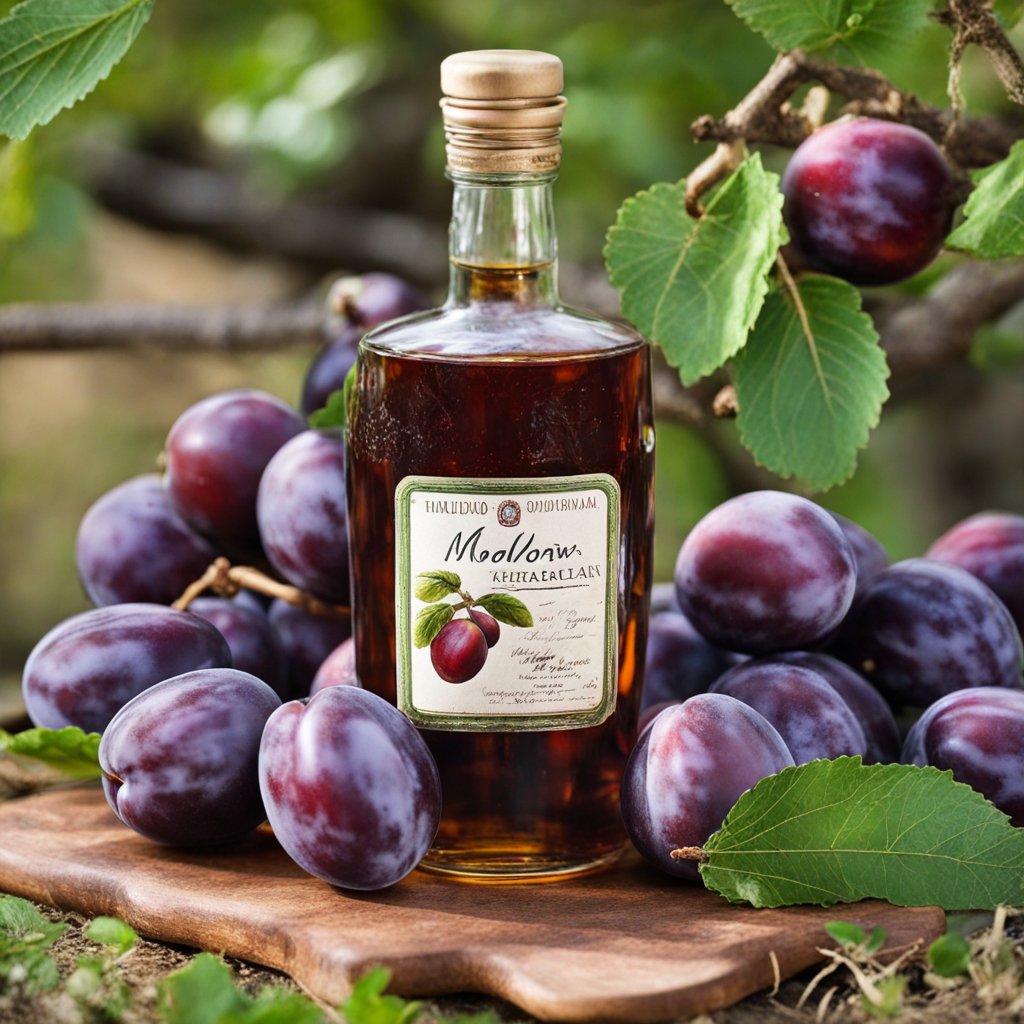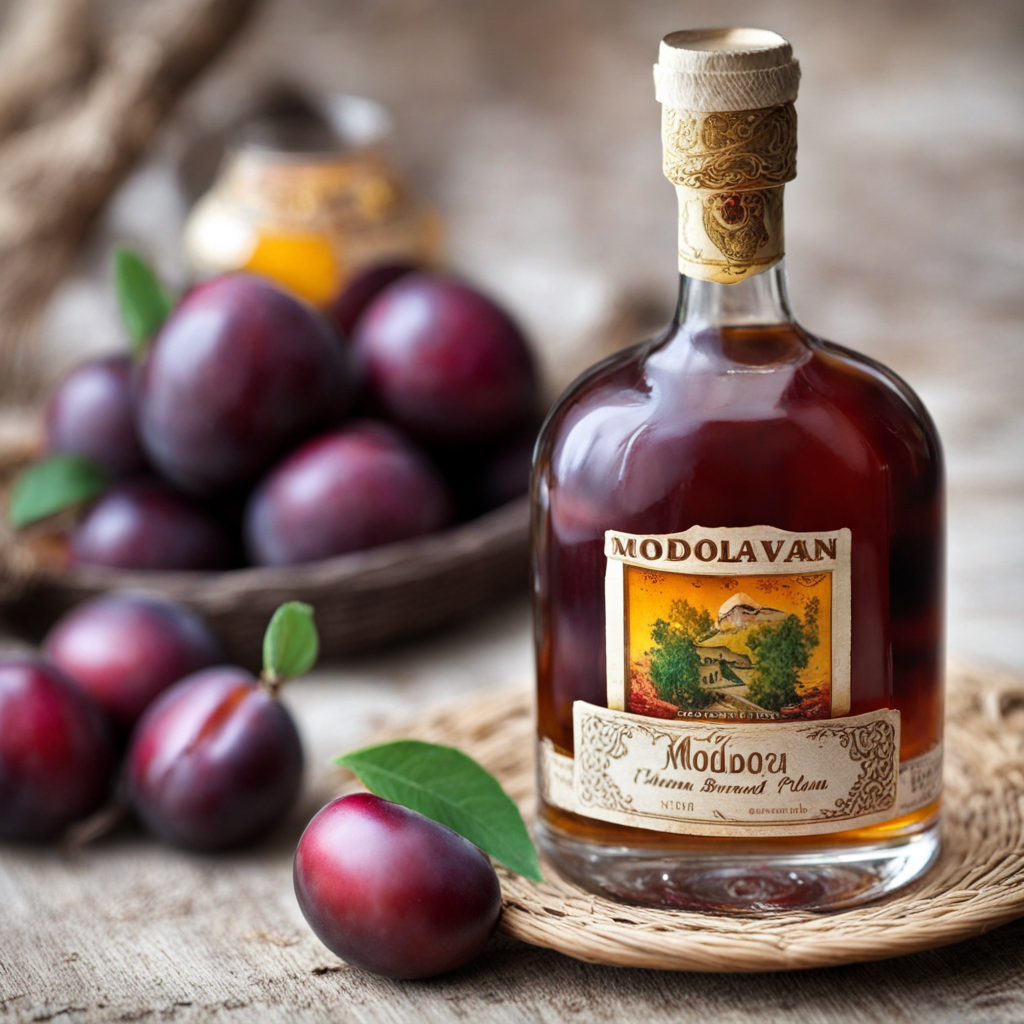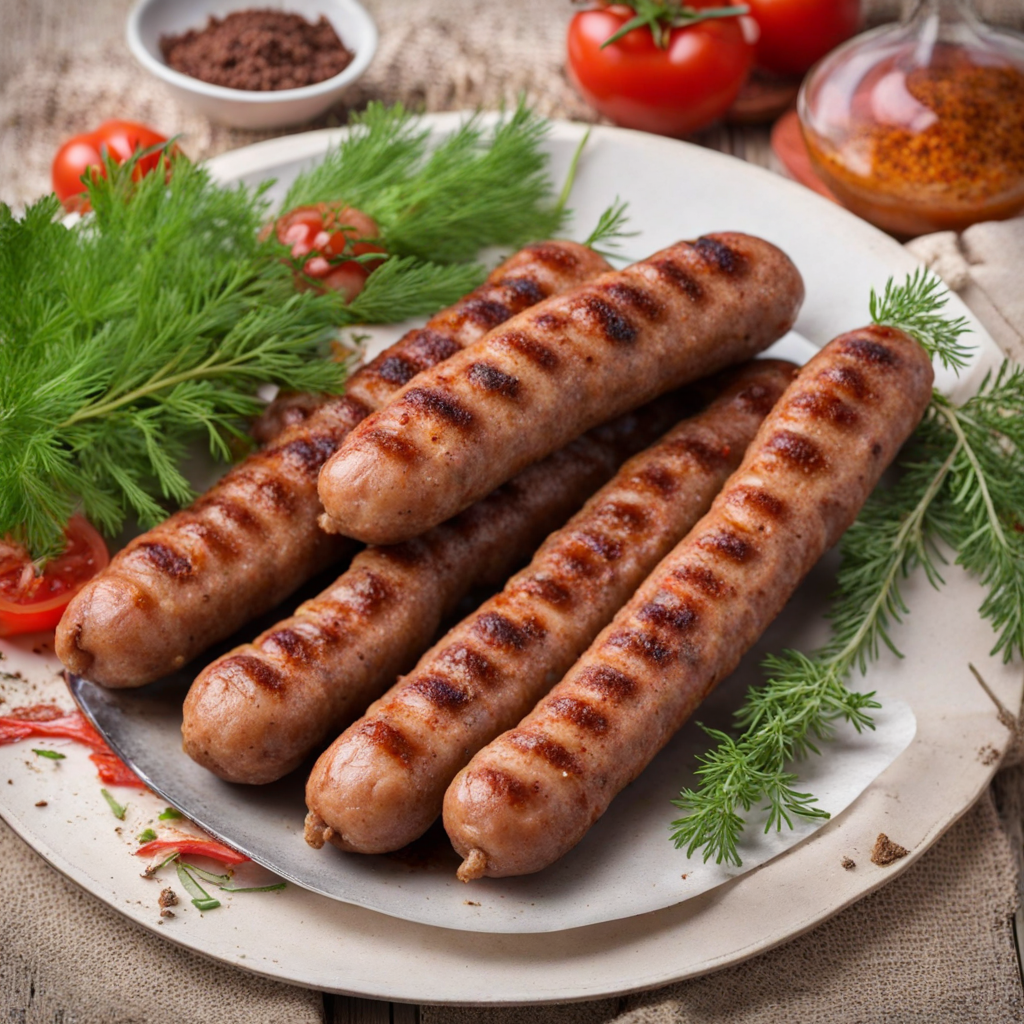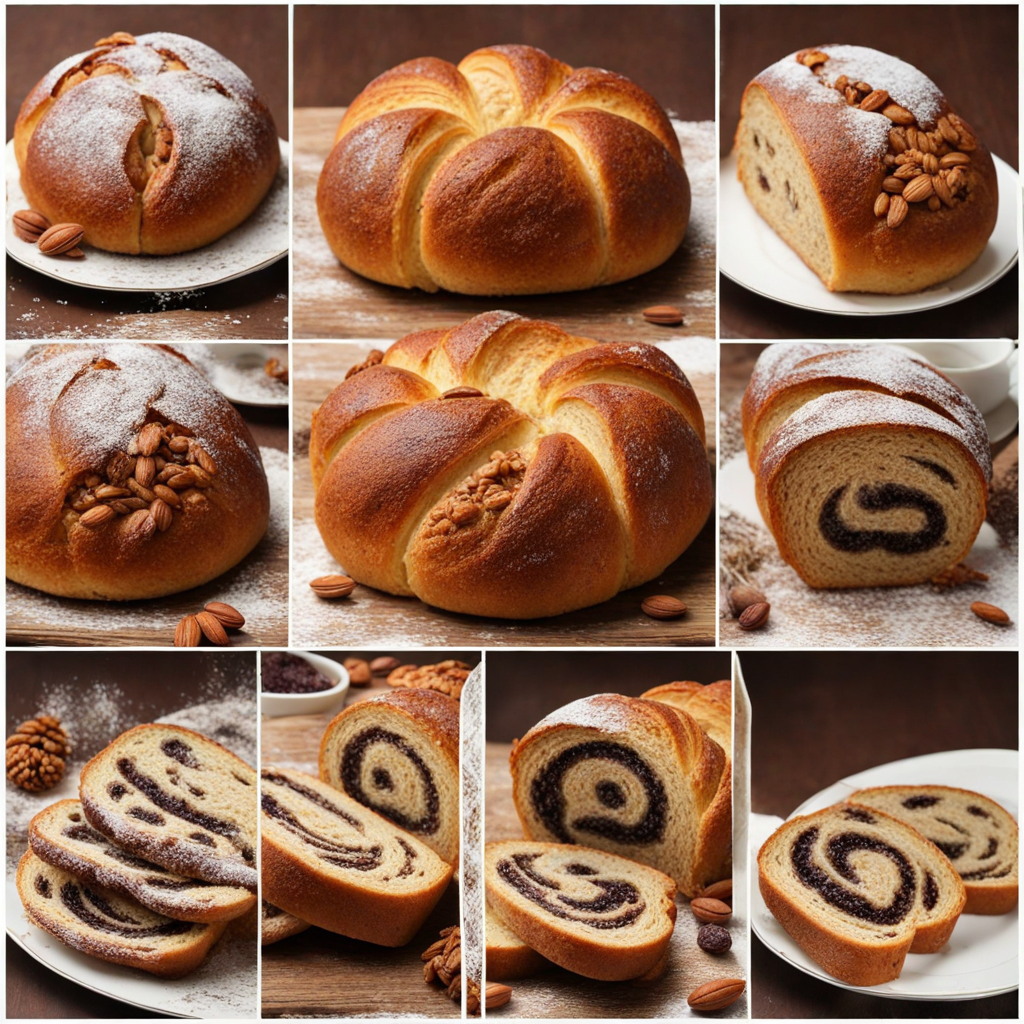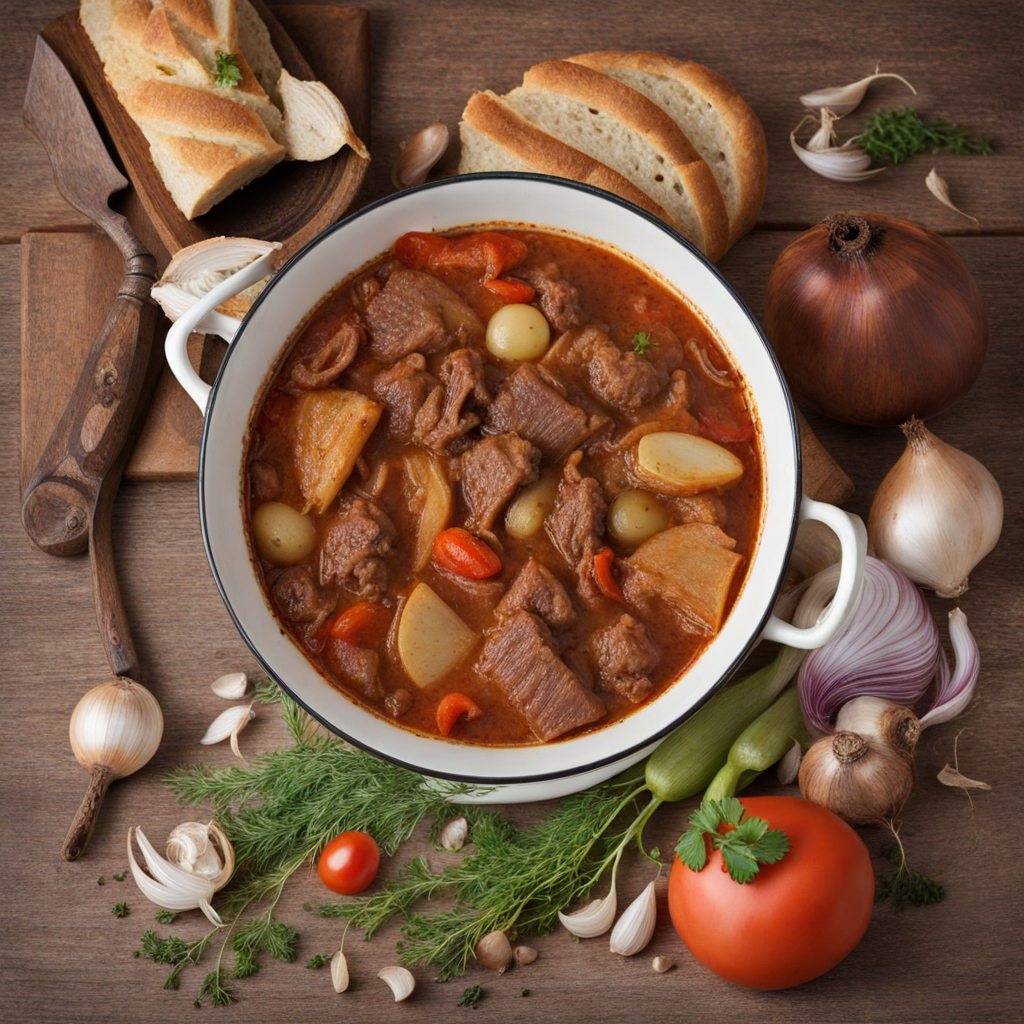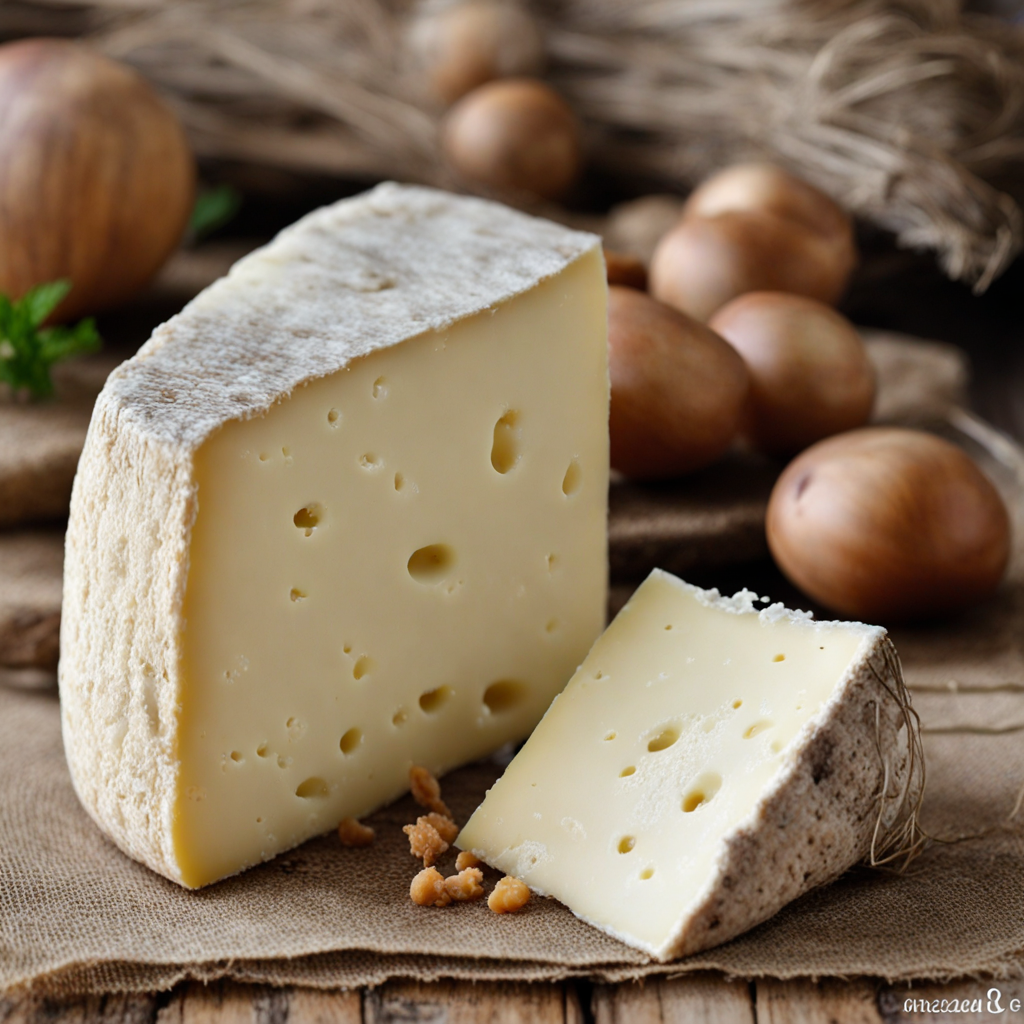Țuică
Țuică is a traditional Romanian and Moldovan spirit, primarily made from plums, although other fruits like pears or apples can also be used. This potent beverage is often distilled in small batches, preserving the rich flavors and aromas of the fruit. The production process involves fermenting the crushed fruits, followed by distillation, which results in a clear, strong liquor that typically has an alcohol content ranging from 40% to 60%. The first distillation yields a raw spirit known as "băutură de țuică," which can be further refined to enhance its purity and flavor. The taste of Țuică is a delightful blend of sweet and tangy, with a prominent fruity essence that captures the essence of ripe plums. Upon the first sip, you might experience a warm, velvety sensation that envelops your palate, followed by a subtle complexity that reveals hints of spice and earthiness. The flavor profile can vary significantly depending on the type of fruit used and the distillation process, making each batch unique. Some varieties are aged in wooden barrels, which adds depth and a smooth finish, while others retain a fresher, more vibrant character. In Moldova, Țuică is more than just a drink; it's a symbol of hospitality and tradition. Served in small shot glasses, it is often enjoyed straight, accompanied by traditional snacks such as cured meats, cheeses, and homemade bread. The locals cherish this drink, often sharing stories and laughter over a glass during family gatherings and celebrations. As you explore the world of Țuică, you'll not only savor its distinctive taste but also experience the warmth and camaraderie that comes with each shared sip.
How It Became This Dish
Цуика: A Culinary Journey Through Moldovan Tradition #### Origins of Цуика Цуика, pronounced "tsuika," is a traditional Moldovan spirit, most commonly made from fermented plums, and embodies the rich agricultural heritage and cultural identity of Moldova. The word "tsuika" is derived from the Romanian word "țuică," and its production can be traced back to the early 17th century, with its roots intertwined with the ancient practices of fermentation and distillation that were prevalent across Eastern Europe. Moldova, known as the "Land of Wine," has a climate that is particularly conducive to fruit cultivation. The abundance of plums in the region, coupled with the need to preserve harvests for the winter months, led to the popularization of distilling fruit into spirits. While other fruits were occasionally used, plums became the most common choice due to their natural sweetness and high sugar content, which made them ideal for fermentation. #### Cultural Significance Цуика is more than just a beverage; it is a symbol of Moldovan hospitality, tradition, and community. It is often served at family gatherings, weddings, and other celebrations, embodying the spirit of sharing and camaraderie. The act of making цуика is steeped in ritual; families often come together during the harvest season to produce it, a practice that not only strengthens familial bonds but also connects them to their cultural heritage. In Moldovan culture, цуика holds a significant place in toasts and blessings. It is customary to raise a glass of цуика during meals, with heartfelt wishes for health, happiness, and prosperity. The drink serves as a social lubricant, breaking down barriers and fostering connection among guests. In traditional Moldovan folklore, it is even said that цуика possesses magical properties, bringing good fortune and warding off evil spirits. #### Development Over Time The production of цуика has evolved significantly over the centuries. In the past, the process was rudimentary and labor-intensive. Farmers would gather ripe plums and mash them, allowing them to ferment naturally with the help of wild yeasts. This fermentation process typically lasted several weeks, after which the mixture would be distilled in simple pot stills, often handcrafted from copper. The result was a robust and potent spirit that varied in flavor and strength, depending on the fruit and the skill of the distiller. With the advent of modern technology in the 20th century, the production of цуика began to change. Distillation methods became more sophisticated, with the introduction of column stills that allowed for greater control over the alcohol content and purity of the spirit. This industrialization of цуика production led to the emergence of commercial distilleries, which began bottling and marketing цуика to a broader audience, both domestically and internationally. Despite these changes, many Moldovans continue to produce цуika in their homes, adhering to traditional methods that have been passed down through generations. This practice is celebrated during the annual "Festival of Plums" in Moldova, where local producers showcase their homemade spirits and engage in friendly competitions to determine the best цуika. Such festivals not only promote the spirit but also highlight the importance of preserving traditional agricultural practices and culinary arts. #### Varieties and Flavor Profiles Цуика can vary widely in flavor and aroma, influenced by factors such as the type of plums used, the fermentation process, and the distillation method. Traditional цуика is typically clear and can have an alcohol content ranging from 40% to 50%. The flavor is often described as fruity and slightly sweet, with hints of spice and a warm finish. Some producers experiment with different ingredients, infusing цуika with herbs or spices to create unique flavor profiles. Variations like "țuică de prune" (plum țuică) are the most common, but other fruits such as cherries, apples, and apricots can also be used to craft regional adaptations of the drink. These variations reflect the diverse agricultural landscape of Moldova and the creativity of its people. #### Цуика in Modern Times In recent years, цуика has seen a resurgence in popularity, both within Moldova and among international audiences. The spirit has been embraced by the craft cocktail movement, with mixologists experimenting with цуика in innovative ways. Bars and restaurants in major cities around the world have begun to feature цуika-based cocktails, introducing new generations to this traditional spirit. Moreover, the rise of agritourism in Moldova has contributed to the revival of цуika. Tourists seeking authentic experiences are increasingly drawn to rural areas where they can participate in the production of цuika, learn about its history, and enjoy tastings alongside traditional Moldovan cuisine. This growing interest not only supports local economies but also encourages the preservation of cultural practices that are at risk of fading away. #### Conclusion Цуика is a testament to the resilience and richness of Moldovan culture. From its humble origins as a method of preserving the plum harvest to its status as a celebrated symbol of hospitality and tradition, цuika has woven itself into the fabric of Moldovan life. Its evolution over the centuries reflects broader changes in society and technology, yet its core essence remains unchanged—a spirit that brings people together, evokes nostalgia, and celebrates the beauty of local ingredients. As Moldova continues to navigate the complexities of a globalized world, the importance of preserving such culinary traditions becomes all the more crucial. Цуика serves as both a bridge to the past and a beacon for the future, inviting all who partake in its warmth and flavor to appreciate the heritage it represents. Whether sipped neat, enjoyed in a cocktail, or shared among friends, цuika is not just a drink; it is a celebration of Moldovan identity and a tribute to the land that produces it.
You may like
Discover local flavors from Moldova


